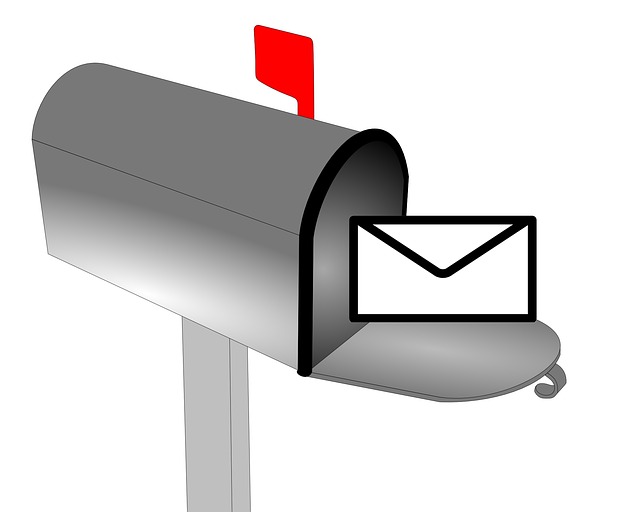
Meetings—ugh. They’re the bane of my professional existence. So many people claim to hate them, and yet, here we are, still holding 11 million meetings per day.
What gives?
Sure, there are some tasks that can’t get done without a meeting to brainstorm or get approvals. But the vast majority of the time, our meetings are simply wasting time.
In one study, 91% of professionals admitted to daydreaming during meetings, while 73% say they’ve spent a meeting working on something entirely unrelated to the topic at hand. 39% of people said they’d slept through a meeting!
Our traditional approach to meetings is broken. The data is there to prove it. So how can you stop wasting time, cut down on the meetings everyone hates and still ensure the essential stuff that requires a meeting gets done? By following these six steps to supercharge your meeting strategy.
-
Never hold a meeting without an objective and an agenda
Without these two things, your meeting is doomed from the start.
Your objective should be no longer than five to seven words, and it should sum up what the meeting is meant to achieve.
Your agenda should outline the topics that will be discussed at the meeting, in the appropriate order. Send it to all attendees at least 24 hours ahead of the meeting. This will help keep everyone who attends on track and will also set expectations to help attendees prepare.
Having an agenda is a great, tactful way to keep long-winded colleagues from de-railing the gathering. If someone starts to get off track, you can say “I’ll make a note of that to follow up on [later date]. Let’s move on to the next item on the agenda.”
-
Slash the meeting time in half
Typically, meetings are scheduled in 30-minute or one-hour increments. Even our digital calendars automatically default to these settings!
Here’s a radical tip that’ll dramatically reduce the time you spend in meetings: take whatever time frame you were planning on using and cut it in half.
It’s a proven phenomenon that any task expands to fill the time allotted to it; in other words, if you allot an hour, you’ll drone on and on for an hour (or more!). If you cut your meeting to just 15 minutes, you’ll be forced to dive straight into the issue at hand and get things done.
Sheryl Sandberg is a big advocate for this policy, and often adjourns meetings even earlier than the scheduled end time. Try it for yourself—set your next meeting for 15 minutes and see how quickly things get done.
-
Use a timer
 Yep, like the old-fashioned buzzer-style ones you use when baking cookies. Or the one on your smartphone. The style of timer doesn’t matter—what matters is when it goes off, the meeting is over, end of story.
Yep, like the old-fashioned buzzer-style ones you use when baking cookies. Or the one on your smartphone. The style of timer doesn’t matter—what matters is when it goes off, the meeting is over, end of story.
37 Signals, the company that built project management app Basecamp, swears by the use of timers to run meetings, and you can use them too to make sure your team no longer dreads meetings that drag on with no end in sight.
-
Invite fewer people
One of the biggest reasons workers hate meetings? They feel like they don’t really need to be there.
Limit meetings to the handful of staff who will be working directly on the issue at the center of the meeting—no one else. The more you break down meetings to focus on one critical issue, the easier this will get (following step #2 helps with this, too!).
Steve Jobs was famous for small meetings. In fact, he once declined a meeting with then-president Barack Obama himself because he thought too many people were invited.
Inviting fewer people to each meeting also eliminates confusion during the follow up process; the more people involved in a meeting, the more email threads and phone calls there are flying back and forth, which leaves more room for confusion (like a game of telephone).
If the meeting is too big for your conference room table, it’s probably too big.
-
Follow up with specific next steps
Designate one person to take notes during the meeting, then send around a follow-up note afterwards. If you don’t have a secretary, switch off on assigning a different team member to take notes each time so no one feels like they’re being unfairly singled out.
The follow up note should be brief and contain three things: a list of next steps in the form of action items, a responsible party for each task, and a deadline. This way, there’s no confusion over who’s tackling what.
An example follow-up sheet might look like this:
- Schedule intake session with Acme Incorporated by Monday—Shelby
- Brainstorm new presentation concepts and present to team by Friday—John, Phillip
- Select top five options and present to Acme by February 23—Carrie
A project management platform like Asana or Trello is a great place to digitally store these action items and track progress on each of them.
-
Don’t hold a meeting at all
Here’s a loaded question: do you really need to hold that meeting at all? My totally unscientific guess is that at least half the time, a phone call, an email or popping your head into someone’s office would work just as well.
Professionals lose 31 hours each month to ineffective meetings—that’s more than three entire work days! Each time you opt for a meeting instead of something faster and less formal, you’re costing your business man hours and money, plain and simple.
How do you combat ineffective meetings in your business? Leave us a comment and let us know.
Subscribe to the Profitable Entrepreneur and never miss an update!














.png)


